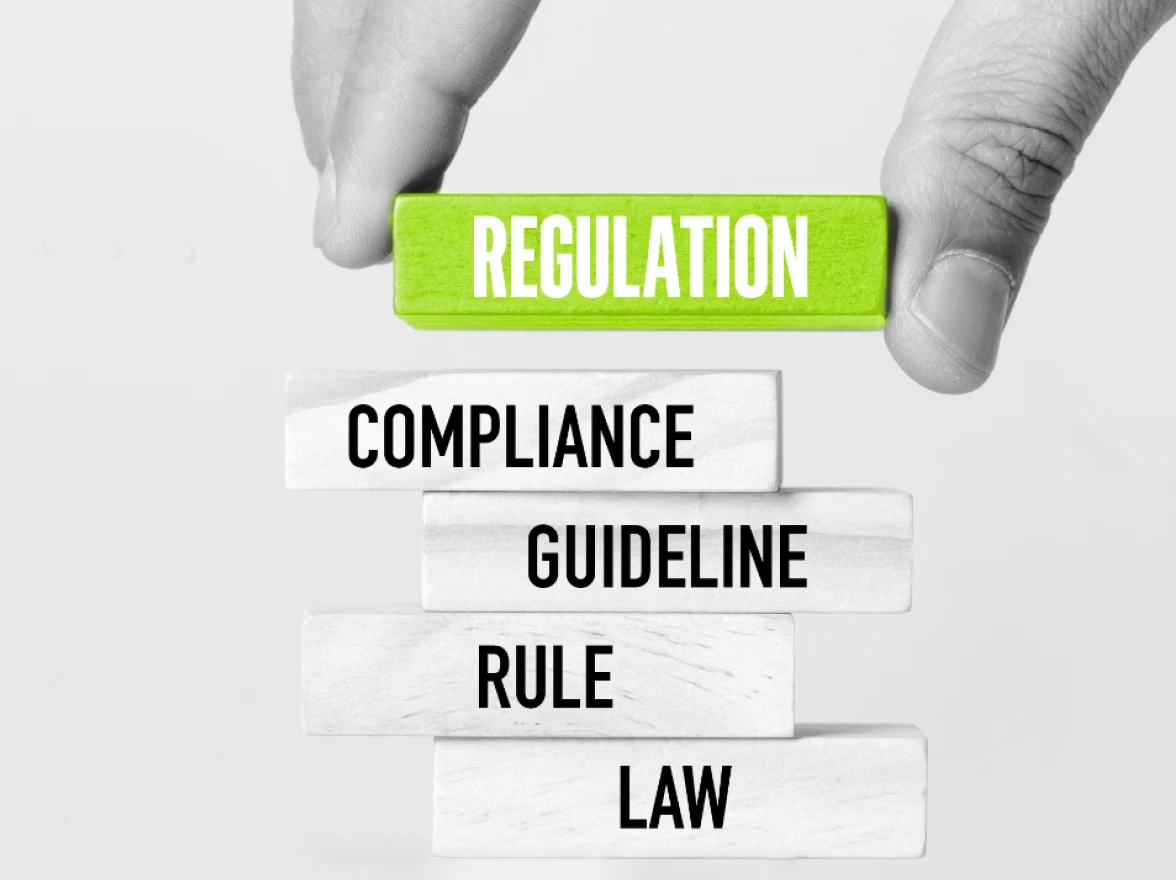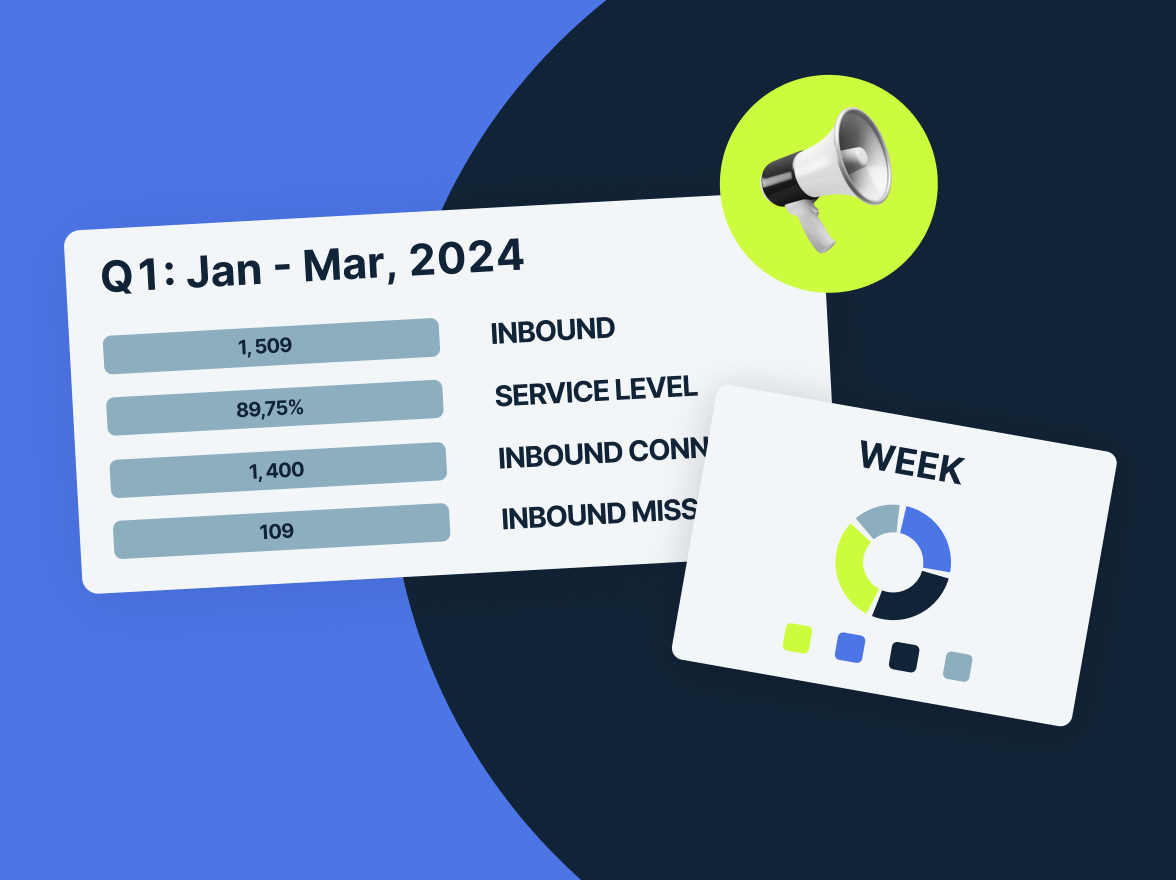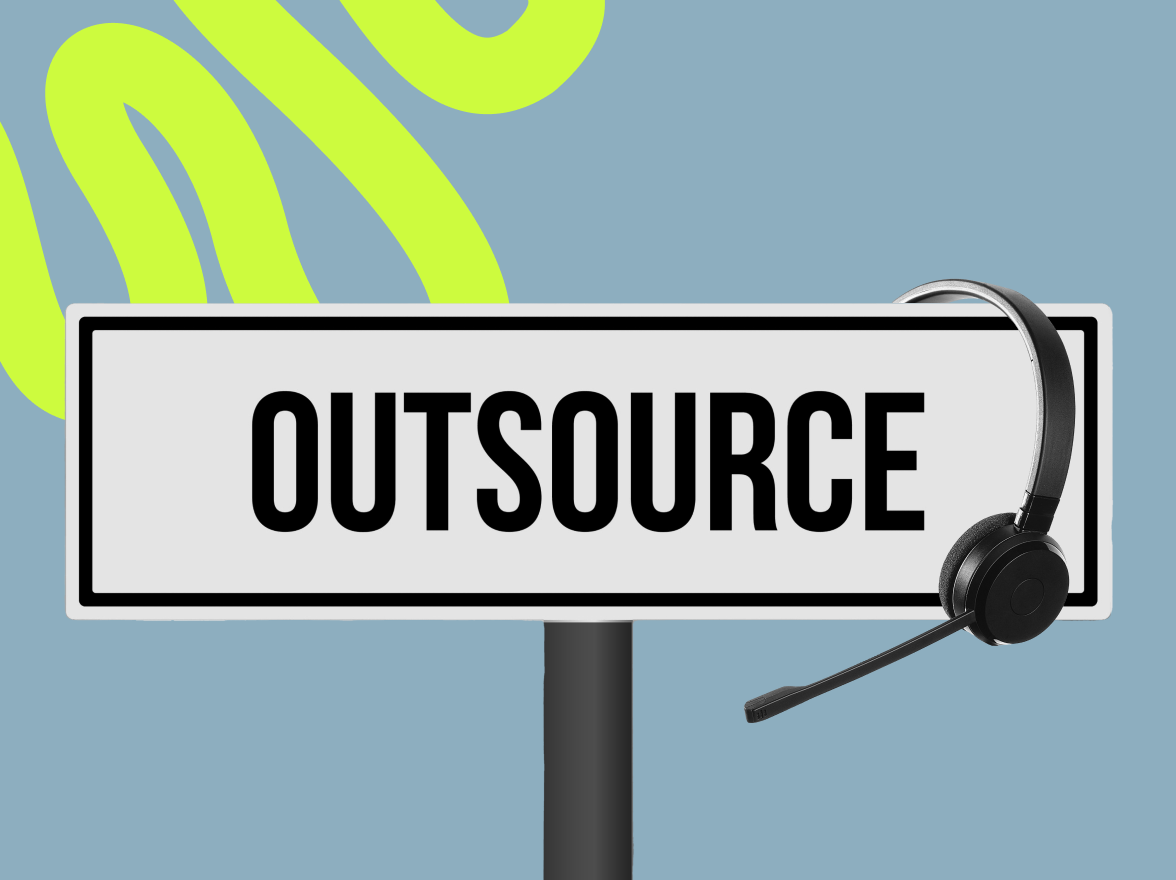Call center monitoring continuously evaluates interactions between agents and customers to meet service standards and exceed customer expectations. Monitoring helps organizations identify areas for improvement, provide thorough staff training, and ultimately increase customer satisfaction.
This article explores the tools, best practices, and technologies associated with call center monitoring. Get insights into its significance and how it can be used to achieve the best results.
What is call center monitoring?
Call center monitoring observes and evaluates interactions between agents and customers. It covers channels like phone calls, emails, and live chats. The primary purpose is to assess performance, ensure compliance with company policies, and identify opportunities for improvement.
Integrating call monitoring into customer service strategies helps organizations maintain high quality, resolve issues, and adapt to changing customer needs. It serves as a feedback mechanism that aligns agent performance with organizational goals and customer expectations.
Why call center monitoring is important?
According to Zendesk’s Customer Experience Trends Report 2022, 70% of customers base their purchase decisions on the quality of customer service. This statistic underscores the critical role of call center monitoring in influencing customer behavior. By ensuring that agents provide exceptional service, companies can positively impact customer perceptions and decision-making processes.
Moreover, in 2024, customers in the United States appear to prefer live phone conversations when it comes to customer care contact. A single negative experience can lead them to switch to a competitor. Call center monitoring helps prevent such scenarios by proactively addressing potential issues before they escalate.
Investing in call center monitoring is not just about overseeing agent performance; it’s a strategic move that aligns customer service with broader business goals. By fostering a culture of continuous improvement and responsiveness, organizations can build stronger customer relationships, increase brand loyalty, and drive long-term success.
Types of call center monitoring
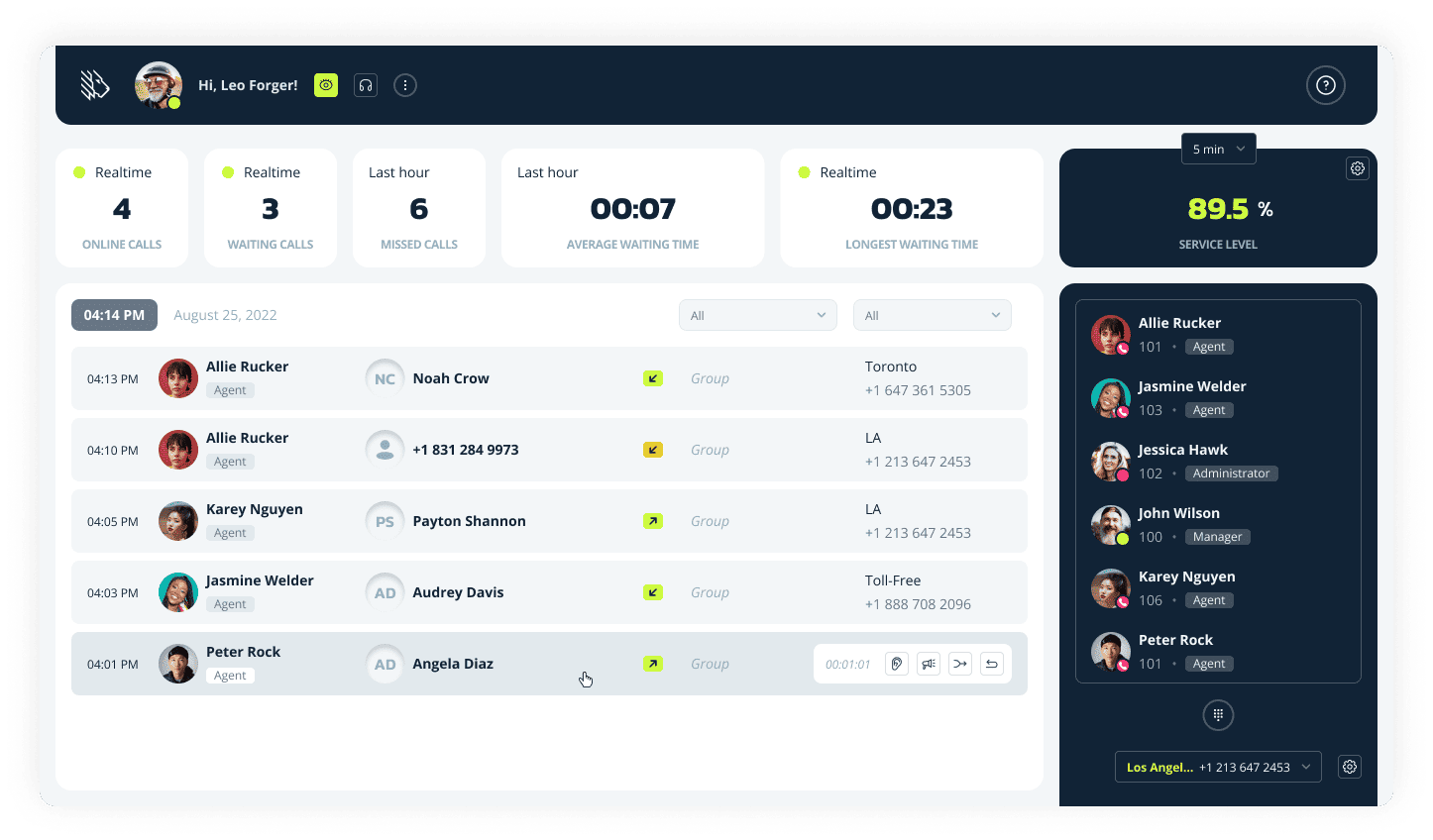
Understanding the different types of call center monitoring can help organizations choose the most appropriate methods for their needs. Key types include:
- Live monitoring: Supervisors listen to calls in real-time without the agent or customer knowing, allowing immediate intervention if necessary.
- Recorded monitoring: Calls are recorded for later review, enabling thorough analysis and feedback at a convenient time.
- Automated monitoring: Software automatically evaluates interactions based on predefined criteria, such as keyword usage or sentiment analysis.
- Side-by-side monitoring: Supervisors sit alongside agents to observe their interactions, providing immediate support and coaching.
- Remote monitoring: Allows supervisors to monitor calls from different locations, which is especially useful for remote or distributed teams.
Combining methods gives a fuller view of agent performance and customer experience.
How to start a call center monitoring program
Implementing a call center monitoring program involves several key steps:
- Define clear objectives: Establish what you wish to achieve with monitoring, such as improving customer satisfaction or reducing call handling times.
- Select appropriate metrics and KPIs: Choose the metrics that align with your objectives to effectively measure performance.
- Choose the right tools and technologies: Invest in monitoring software that meets your needs, considering factors like scalability and integration capabilities.
- Develop evaluation criteria: Create standardized assessment forms or checklists to ensure consistent evaluations.
- Train your team: Ensure that agents and supervisors understand the monitoring processes, tools, and their roles.
- Implement feedback mechanisms: Set up processes for providing constructive feedback and coaching to agents.
- Monitor compliance and regulations: Ensure that your monitoring practices comply with legal requirements and industry standards.
- Review and adjust regularly: Continuously assess the effectiveness of your monitoring program and make necessary adjustments.
By following these steps, organizations can establish a robust monitoring program that drives performance improvements and enhances customer satisfaction.
Roles and responsibilities in call center monitoring
Successful call center monitoring requires clear roles and responsibilities among team members:
Quality assurance analysts
Responsibilities: Evaluate agent-customer interactions using established criteria, provide constructive feedback, and identify training needs.
Skills needed: Attention to detail, analytical skills, effective communication.
Supervisors and managers
Responsibilities: Oversee the monitoring process, ensure compliance with policies, support agent development, analyze performance data.
Skills needed: Leadership, strategic thinking, proficiency with monitoring tools.
Agents
Responsibilities: Engage in the feedback process, implement suggestions for improvement, strive to meet performance standards.
Skills needed: Active listening, adaptability, customer service expertise.
Training specialists
Responsibilities: Develop and deliver training programs based on insights from monitoring reports.
Skills needed: Instructional design, coaching, knowledge of industry best practices.
Clearly defining roles ensures effective monitoring, driving continuous improvement and increased customer satisfaction.
Unified call center monitoring toolkit you should use
Modern call center monitoring involves a broad range of integrated tools that improve oversight, raise agent performance, and deliver actionable insights. Instead of relying on separate tools and software, a unified solution brings together key technologies under one platform. These tools help various team members—from supervisors and quality assurance professionals to data analysts and customer experience managers—understand workflows, identify inefficiencies, and improve overall service quality.
1. Call recording and evaluation
Call recording ensures every interaction is documented for later review. Supervisors and quality assurance teams can examine these recordings to ensure compliance, improve training materials, and refine scripts. By analyzing call patterns and identifying areas of improvement, organizations can improve agent performance and increase customer satisfaction.
2. Screen monitoring and workflow improvements
Capturing on-screen activities during agent-customer interactions gives trainers and supervisors a clear view of processes in action. This visibility helps pinpoint workflow issues, informs more focused training sessions, and ultimately contributes to smoother, more consistent customer experiences.
3. Transcription and speech analytics
Transforming voice conversations into text, combined with natural language processing, provides data analysts and quality assurance teams with deeper insight into customer sentiment, common issues, and adherence to compliance standards. These insights guide strategic decisions and help focus improvement efforts where they matter most.
4. Analytics-driven quality management
Advanced analytics platforms assess agent performance, forecast customer behavior, and highlight trends. Management teams can use these insights to refine strategies, improve productivity, and ensure that the contact center adapts quickly to changing customer needs.
5. Integrated quality management and customer feedback
Bringing recording, analytics, and reporting together creates a centralized quality management environment. This holistic view not only simplifies the monitoring process but also makes it easier to collect and interpret direct customer feedback. Armed with this information, organizations can better gauge satisfaction, address service gaps, and keep improving.
6. Intelligent call handling and routing
By automating processes such as call routing, virtual receptionists, and automated attendants, call management systems ensure customers reach the right agents quickly. This improves call handling, ensures customers reach the right agents, and raises overall service quality.
7. All-in-one call monitoring solution
A way to consolidate these tools is by using all-in-one call monitoring software such as MightyCall. Key features include:
- Live call monitoring: Supervisors can observe live interactions to ensure agents follow protocols.
- Call barging: Allows supervisors to join ongoing calls to assist with complex issues.
- Call recording: With call recording, every conversation can be saved for compliance, training, and quality assurance, creating a complete record of customer interactions.
- Call listening: Supervisors listen to live calls without interfering, useful for performance evaluation.
- Call whisper: Enables supervisors to coach agents during a call without the customer knowing.
- Call intercept: Supervisors can take over a call if necessary, ensuring critical situations are handled appropriately.
- Real-time analytics: Provides instant data on call center activity, aiding in management decisions.
- Call center dashboard: Offers a clear view of performance metrics, essential for strategic planning.
MightyCall’s all-in-one solution brings these powerful tools together, helping organizations consolidate their monitoring functions into a single platform. This integration simplifies managing, monitoring, and improving call center performance, empowering teams to deliver exceptional service.
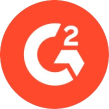 Shweta R.
Marketing Support Specialist
Mid-Market
(51-1000 emp.)
|
 07/06/2023
“For me MightyCall has most important feature like call waiting, call transfer and call forwarding which is very useful for our organisation. We can analysis our agents calls with help of live call monitoring and provide them feedback which helps us achieve higher productivity.”
|
schedule your personalized demo with our amazing team

Benefits of call center monitoring
Implementing call center monitoring brings numerous benefits to an organization:
- Improved agent performance: Regular feedback and coaching based on monitoring results help agents enhance their skills and deliver better service.
- Increased productivity: By identifying bottlenecks and inefficiencies, organizations can refine processes, leading to faster resolution times.
- Better customer retention: Satisfied customers are more likely to remain loyal and recommend the company to others.
- Data-driven decisions: Monitoring provides information that can inform strategic decisions, such as staffing levels, training programs, and technology investments.
- Enhanced customer insights: Understanding common customer issues and feedback can guide product or service improvements.
These benefits contribute to a more successful call center operation and support the organization’s overall success.
Best practices for implementing call center monitoring
To achieve optimal results from call center monitoring, consider the following best practices:
Implement real-time speech analytics with sentiment detection
Use advanced speech analytics tools that process conversations in real-time to detect customer sentiment and emotional cues. This technology allows supervisors to intervene when a call is not going well or to provide immediate support to agents handling difficult interactions.
Apply artificial intelligence for predictive insights
Incorporate AI algorithms that analyze historical call data to predict future trends, such as spikes in call volume or common customer issues. This enables proactive staffing adjustments and targeted training programs.
Introduce biometric authentication for increased security
Implement biometric systems like voice recognition for agent authentication to ensure secure access to customer data and compliance with security protocols.
Use natural language processing for compliance monitoring
Employ NLP technologies to automatically scan call transcripts for adherence to regulatory requirements and company policies, identifying potential issues without manual review.
Adopt blockchain technology for secure data management
Use blockchain solutions to store call recordings and logs securely, ensuring data integrity and providing transparent audit trails for compliance purposes.
Apply virtual and augmented reality for agent training
Use VR and AR technologies to create immersive training simulations, allowing agents to practice handling complex customer interactions in a controlled environment.
Implement edge computing for data processing
Process call data locally using edge computing, reducing latency and improving real-time analytics capabilities while maintaining data privacy.
Introduce gamification to increase agent engagement
Add gamified elements into the monitoring and feedback process to motivate agents, such as leaderboards, badges, and rewards for achieving quality metrics.
Key metrics and KPIs to track
Tracking the right metrics and Key Performance Indicators (KPIs) is essential for evaluating call center performance. Important metrics include:
Customer satisfaction score (CSAT):
Based on customer feedback surveys, reflecting overall satisfaction with the service received. An excellent CSAT score is 85% or higher.
The CSAT reflects overall customer satisfaction with the service received, based on customer feedback surveys. An excellent CSAT score is 85% or higher.
Formula:

Example Calculation:
Suppose you conducted a survey after customer interactions and received 200 responses. Out of these, 170 customers rated their experience as satisfactory.
CSAT (%) = (170 / 200) × 100 = 85%
This indicates that 85% of your customers are satisfied with the service provided.
Average handling time (AHT):
Measures the average duration of a call, including hold time and after-call work. A lower AHT often indicates efficiency. An average AHT of around 6 minutes.
Formula:

Example Calculation:
Suppose over a day, an agent has:
- Total talk time: 300 minutes
- Total hold time: 50 minutes
- Total after-call work time: 30 minutes
- Number of calls handled: 60
AHT = (300 + 50 + 30) / 60 = 380 / 60 ≈ 6.33 minutes
The agent’s average handling time is approximately 6.33 minutes.
First call resolution (FCR):
The percentage of calls resolved on the first contact without follow-up. Higher FCR rates suggest strong problem-solving skills. A good FCR rate is 70–79%.
Formula:

Example Calculation:
Suppose your call center handled 500 calls in a week, and 375 of them were resolved during the first call.
FCR (%) = (375 / 500) × 100 = 75%
This means 75% of the calls were resolved on the first attempt.
Net promoter score (NPS):
Gauges customer loyalty by asking how likely they are to recommend the company to others. NPS scores vary widely, but a positive NPS above 20 is generally considered good, with 50+ seen as excellent.
Formula:
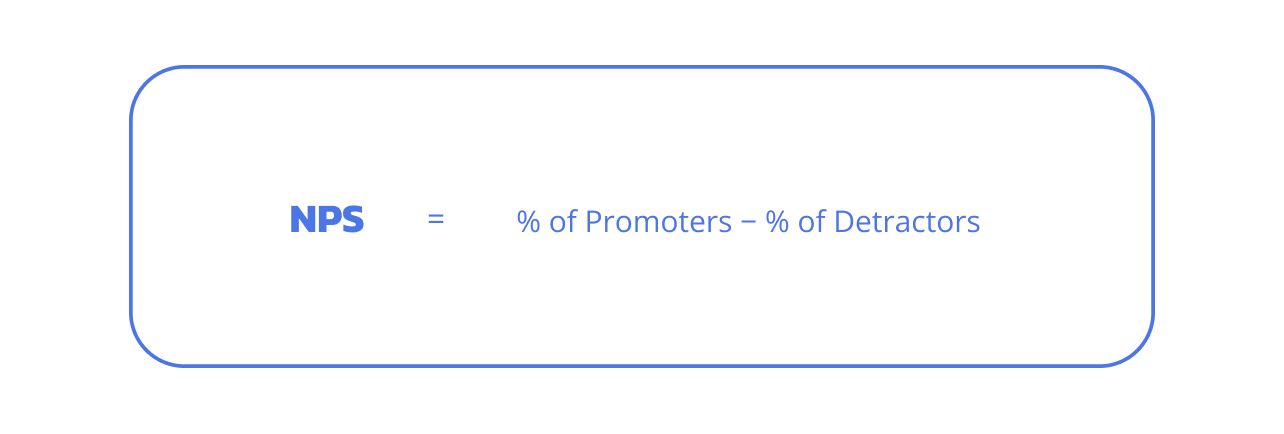
Customers are typically asked to rate their likelihood to recommend on a scale of 0 to 10:
- Promoters: Scores of 9–10
- Passives: Scores of 7–8
- Detractors: Scores of 0–6
Example Calculation:
Suppose you surveyed 100 customers with the following results:
- Promoters (scores 9–10): 50 customers
- Passives (scores 7–8): 30 customers
- Detractors (scores 0–6): 20 customers
Calculate the percentages:
% Promoters = (50 / 100) × 100 = 50%
% Detractors = (20 / 100) × 100 = 20%
NPS = 50% – 20% = 30
An NPS of 30 is considered good, indicating positive customer sentiment.
Service level:
The percentage of calls answered within a predetermined time frame, indicating responsiveness. Many call centers aim to answer 80% of calls within 20 seconds, often referred to as the “80/20” standard.
Formula:

Example Calculation:
Suppose your call center received 400 calls in a day, and 320 of them were answered within 20 seconds.
Service Level (%) = (320 / 400) × 100 = 80%
This meets the “80/20” standard.
Abandonment rate:
The percentage of callers who hang up before reaching an agent, which can signal issues with wait times or call routing. A good target is an abandonment rate below 5%, though this may depend on call center load and specific service goals.
Formula:

Example Calculation:
Suppose your call center received 500 calls, and 20 callers hung up before reaching an agent.
Abandonment Rate (%) = (20 / 500) × 100 = 4%
An abandonment rate of 4% is below the 5% target, indicating acceptable performance.
MightyCall can assist in tracking these metrics via providing real-time analytics and detailed reporting features.
The evolution of call center monitoring
Call center monitoring has evolved with technology and changing customer service philosophies. Here’s a brief overview:
- Manual supervision era: Supervisors would physically sit near agents and listen to live calls, which was subjective and limited in scale.
- Introduction of call recording: Allowed calls to be recorded and reviewed later, improving accountability and training.
- Automated monitoring systems: Emerged in the 1990s, tracking call metrics like volume and duration, aiding large-scale management.
- Integration of analytics: Early 2000s saw analytics being integrated, enabling nuanced analysis of interactions beyond quantitative metrics.
- Real-time analytics and AI: Modern systems analyze speech patterns and sentiments during live calls, offering immediate feedback and predictive insights.
- Omnichannel monitoring: Monitoring now extends across all communication channels, providing a unified view of customer interactions.
This evolution reflects a shift from reactive to proactive strategies, with technology enabling deeper insights and more effective customer service.
Deliver exceptional service with MightyCall
Call center monitoring is a vital component of delivering exceptional customer service and achieving business success. Effective call monitoring provides real-time insights, enabling quick interventions and identifying trends to guide training and development. Clear objectives, the right metrics, and suitable tools help align monitoring with business goals and improve service delivery.
MightyCall provides a powerful solution that encompasses many of the essential tools needed for call center monitoring. MightyCall offers features designed for modern business needs, helping organizations improve monitoring processes and deliver exceptional service.







